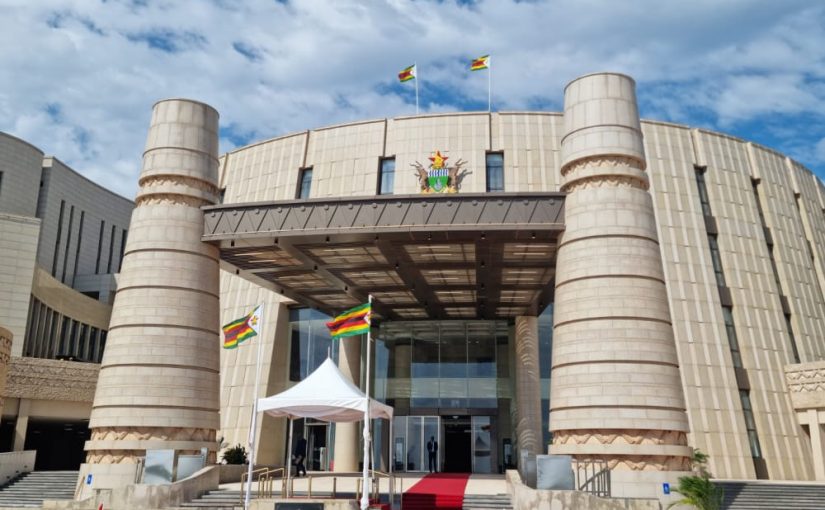An Interactive Journey
Explore the pivotal moments in the history of the Parliament of Zimbabwe. This page chronicles its evolution from a colonial legislature designed for a minority to the modern, representative, and democratic institution it is today.
1923 – 1979
The Colonial Era
A legislature designed for a minority, marked by restrictive laws and the rise of the liberation struggle.
1923: First Legislature
An assembly of 30 members was established, but strict income and property qualifications effectively excluded the Black majority from participating.
Discriminatory Constitutions
The 1961 Constitution created a two-tiered voter roll (‘A’ & ‘B’) to favor European representation, while the 1969 constitution entrenched minority rule.
1965: Unilateral Declaration (UDI)
The Rhodesian Front government declared independence from Britain, escalating the liberation struggle.
1979 – 1980
Birth of a Nation
Intense liberation struggle and international pressure lead to landmark negotiations.
1979: Lancaster House Agreement
A pivotal all-party conference in Britain resulted in a new constitution, a ceasefire, and elections based on universal adult suffrage, ending colonial rule and paving the way for an independent Zimbabwe.
1980 – Present
Post-Independence Era
An era of significant transformation, multi-party democracy, and landmark constitutional changes.
Key Constitutional Milestones
- 1987: Reserved racial seats abolished.
- 1989: Senate temporarily abolished (Unicameral).
- 2005: Senate re-introduced (Bicameral).
- 2013: New home-grown Constitution with women’s quotas.
- 2022: Youth & Women’s quotas extended.
2008
The Hung Parliament
For the first time, no single party won an absolute majority, leading to a coalition government under the Global Political Agreement (GPA).
2008 Hung Parliament Results
ZANU PF
99
MDC-T
100
MDC
10
Ind.
1
2017
Impeachment of a President
In a historic moment for constitutionalism, Parliament initiated impeachment proceedings against President Robert Mugabe, which led to his resignation.
Ongoing
Parliamentary Reforms
A continuous drive towards a more transparent, participatory, and effective legislature.
- Portfolio Committees: Established to effectively scrutinize government policies and actions.
- Civic Participation: Introduction of public hearings and live broadcasts to increase transparency.
- Budget Office (2016): Created for independent analysis of the national budget.
- ISO 9001 Certification: Achieved for quality management systems.
A New Home for Democracy
In 2023, Parliament relocated to a new, purpose-built home in Mt Hampden, symbolizing a new era for Zimbabwe’s legislature.

Symbolic Design
The architecture is inspired by the Great Zimbabwe ruins, reflecting deep national identity, heritage, and a connection to the country’s rich history.
Expanded Capacity
- National Assembly: 400 seats
- Senate Chamber: 150 seats
- Committee Rooms: 15


